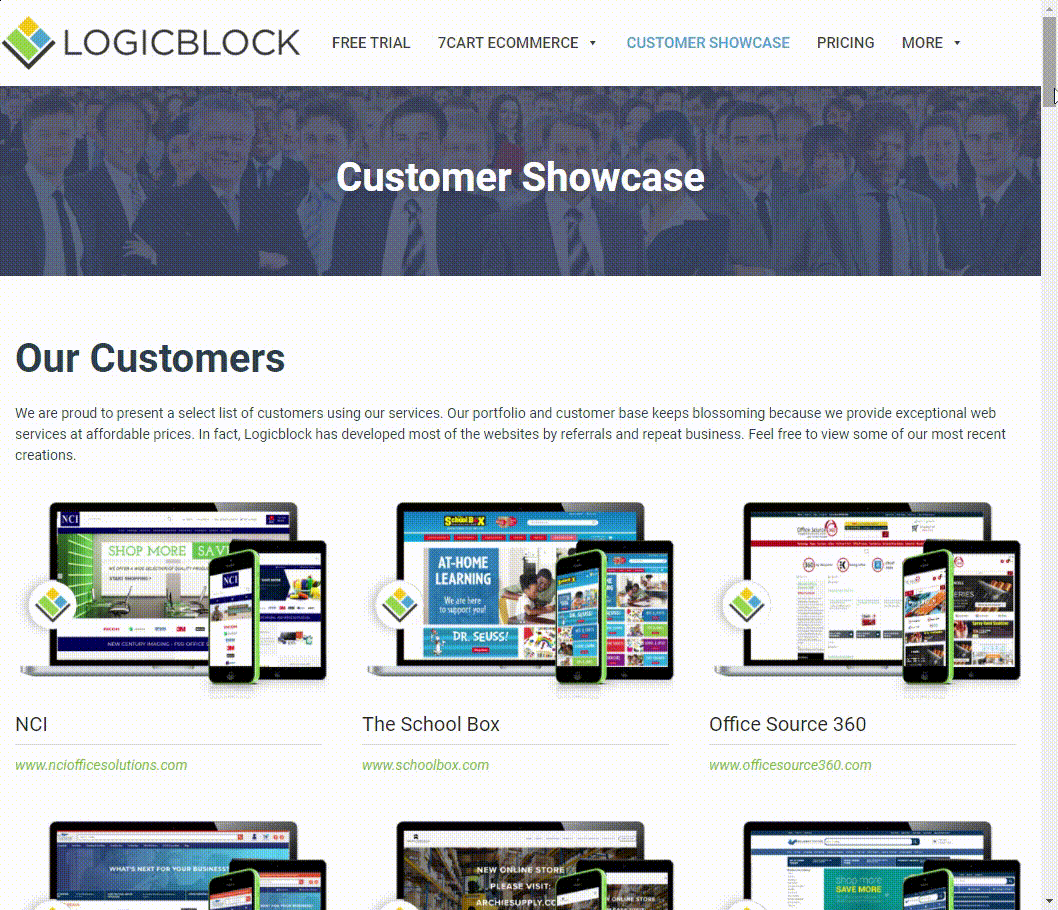Have you heard of Heartbleed? Silly question, of course, as news of the Internet-wide security disaster has been absolutely everywhere. If you have an account somewhere that requires a password, that website most likely notified you somehow about the problem and why you should change said password immediately
Or, like a lot of web users, you didn’t get any notifications at all. That’s because some websites, while internally handling Heartbleed, failed to notify their users there was any issue. While some of this was because they didn’t want to cause a panic and shut down their servers with password changes, their customers deserved to know what was going on
When your company gets wind of a disaster, it’s your responsibility to alert as many people as you can. One of the best ways to do that in this day and age is by utilizing your social media outlets
Many Accounts
Gone are the days that social media sites like Facebook and Twitter are the home grounds of early tech fans. We’ve even gone past the point where these sites are used by second and third generations of tech users as reports repeatedly come out that young people think Facebook is for “old people.” We’ve almost come full circle
But not quite yet. There are still over 500 million of Facebook’s 1.2 billion registered users use the site every day. Twitter users number somewhere north of the 800 million mark. And that’s not even going into “other” social media sites like Instagram, Pinterest, Google Plus, etc. Social media is just the way we see the world now
Your customers are no different. They get information from you on your Facebook account, Twitter feed, your emails, or some other online route. If a big problem pops up, not posting on social media leaves a number of your users in the dark
Let’s say you have a breach like Heartbleed. Do you want to induce a panic like we saw with that breach? No, but at least responding with a “We know about the breach and are working to fix it” can keep people from freaking out and getting wrong information. And if you don’t post anything at all, you may find your feed overrun with customers asking questions.
Your Response Matters
The above example may seem like placating the masses, and, well, it kind of is. But that’s part of your job as a business owner – make sure your customers are kept happy and settled, even in the face of a disaster. To neglect this could lead to bad things in the future.
The important thing is that you keep your customers in the loop. If you tell them you’re working on, you better be working on it. If you find a big piece of news, then you should at least key them in that you’ve discovered something. If you tell them you’re going to do something and then don’t update them anymore, they could get even more mad than if you never said anything.
Also make sure to take advantage of how many accounts you have. While you don’t necessarily have to run out and start up a Pinterest account if you don’t have one, post the update on accounts you already use. Even if you had 100% crossover rate between, for example, Twitter and Facebook, you will reach brand new people on both sites. If you catch just one fan with your message, it’s worth the effort.

